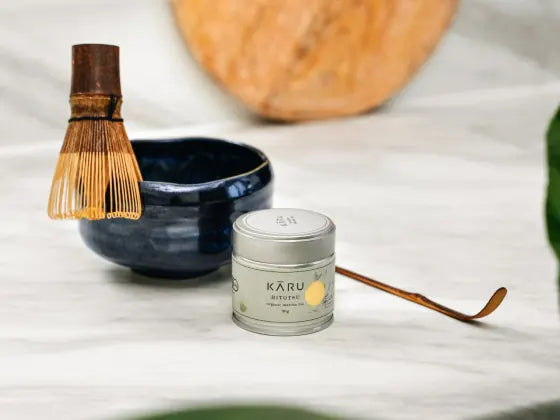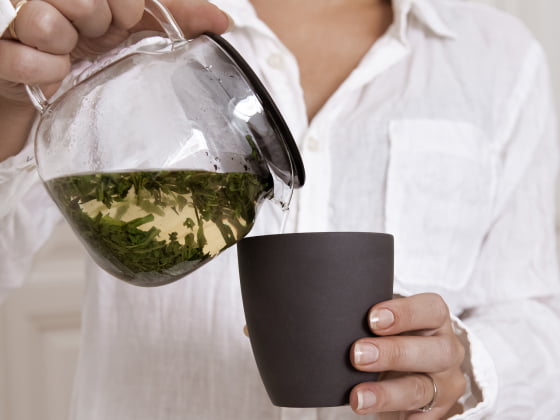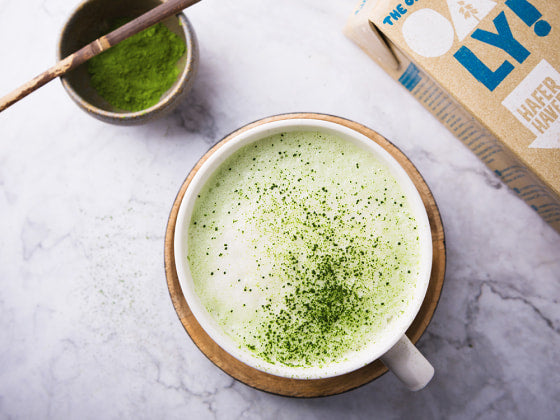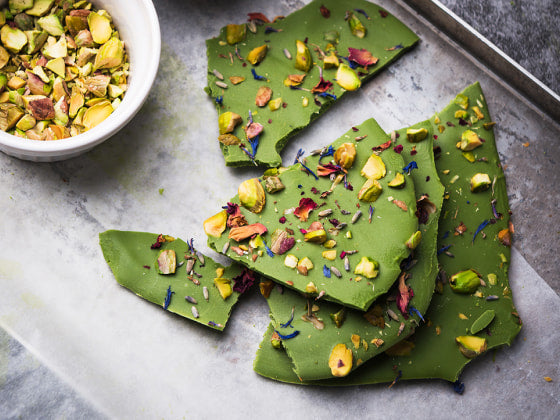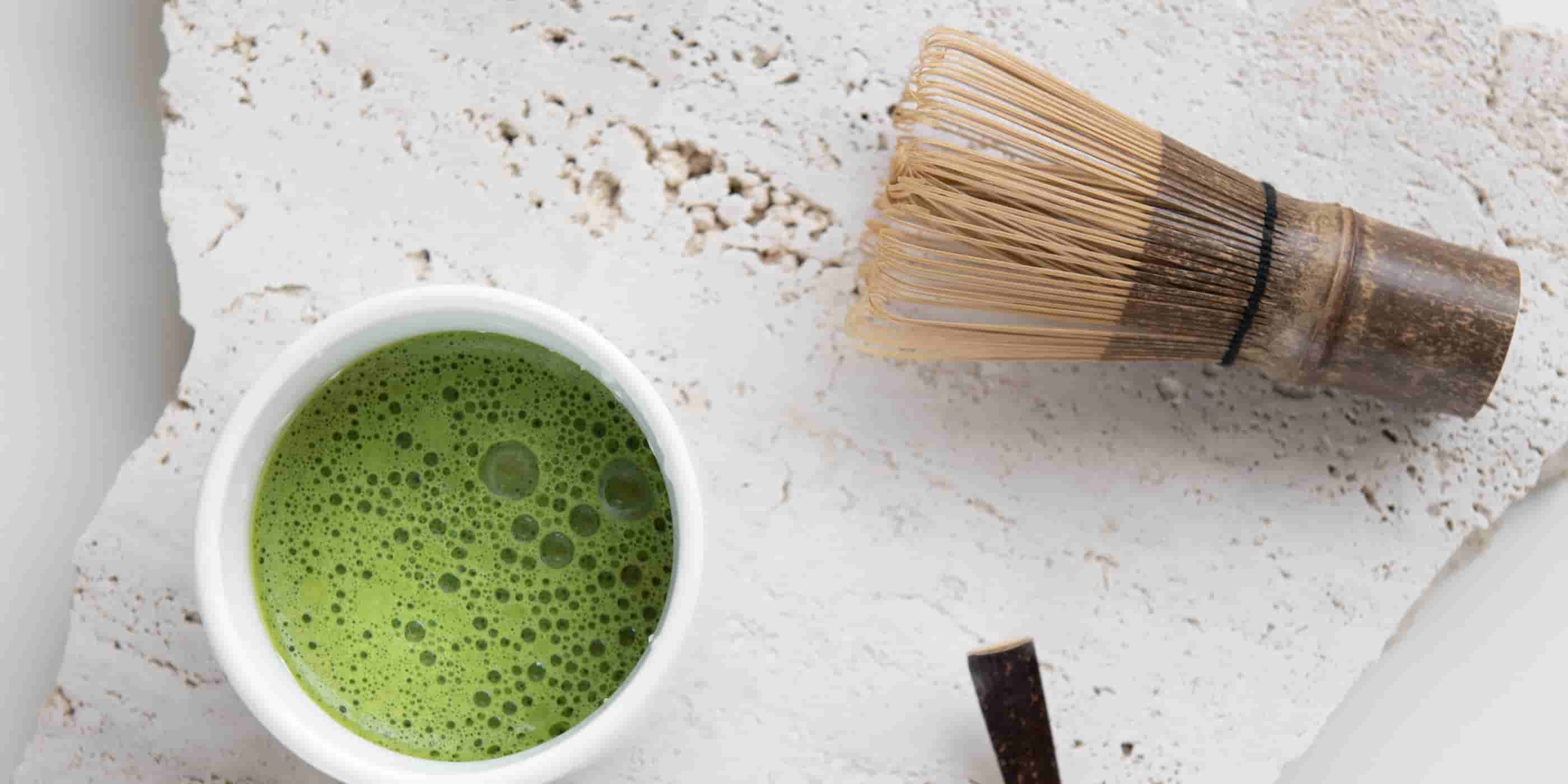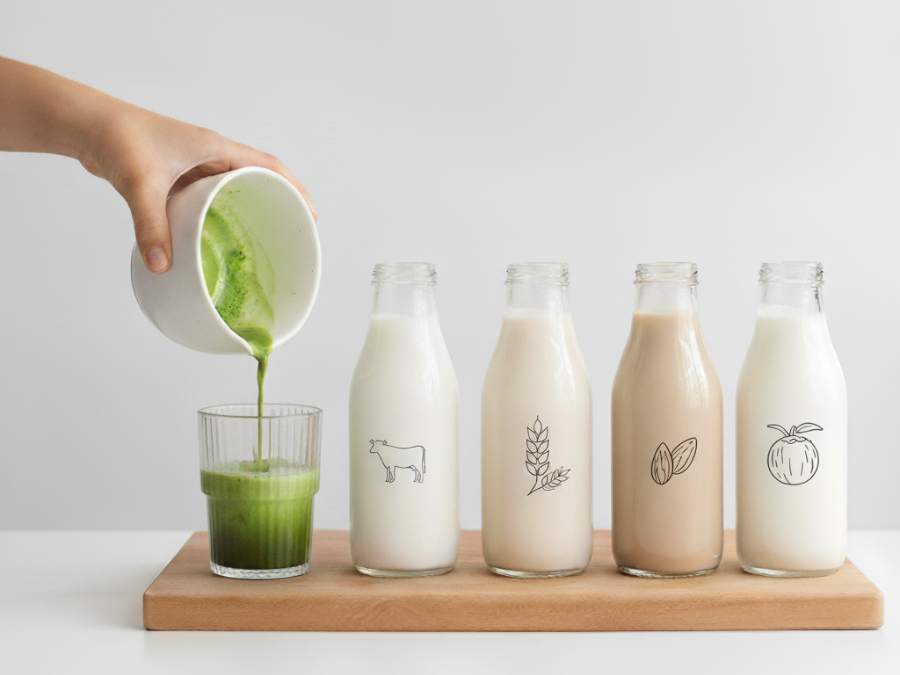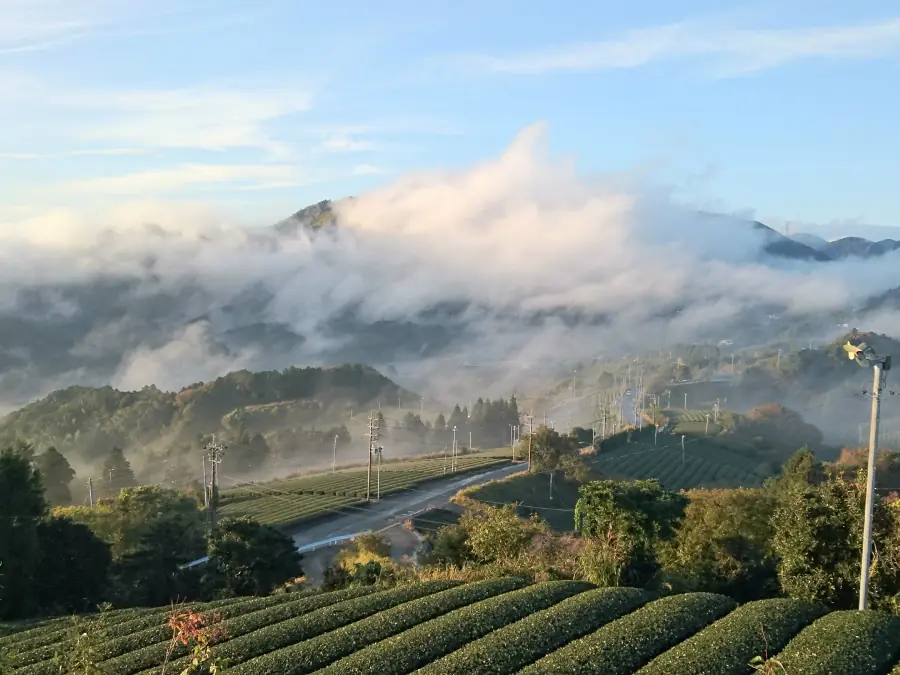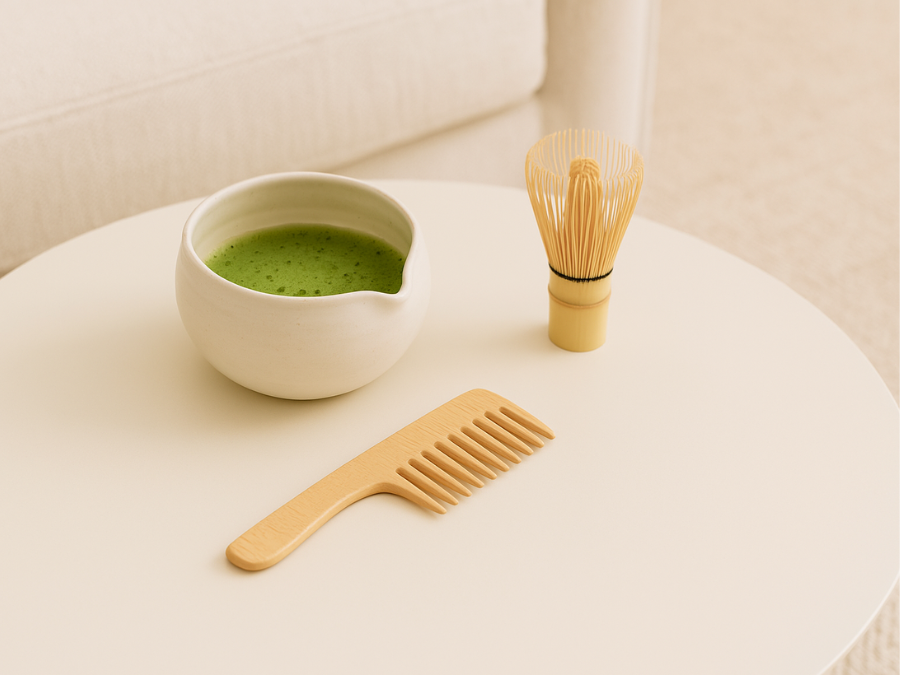As you have probably already noticed, there are immense differences in the price of matcha tea. Matcha prices range from a few euros for a 100g packet to prices of several euros per gram of the fine powder. Especially products from China are usually considerably cheaper than their Japanese counterparts. But how exactly can such price differences be explained? What factors determine the price? And why should you avoid Chinese matcha teas? Find out more in this post.

What determines the price of matcha
The quality and therefore the price of matcha depends on four main factors: The origin, the cultivation, the harvest and the processing. But first we need to know where our tea comes from: this is the first decisive factor for the price.
The origin of Matcha
Even though the roots of matcha tea lie in China, nowadays the best matchas come exclusively from Japan. While the traditional cultivation of matcha has fallen into oblivion in China over the centuries, it has continued to be cultivated and refined in Japan. Matcha teas have been cultivated and processed in Japan for more than 800 years and the techniques have been perfected over a long period of time. In China, on the other hand, cultivation and processing only became popular in the course of the increasing demand of the green powder in recent years.
The focus here is not on tradition or quality, but on speed and quantity. The increased demand is to be satisfied quickly and cheaply. This is why teas from the two countries usually differ considerably in quality and therefore in price. In addition to the very different processing of the tea, this is mainly due to the cultivation.
The cultivation of matcha
The secret of full, sweet and complex matcha taste lies in the special cultivation of the green tea. In contrast to conventional teas, the plants are almost completely shaded for several weeks before harvesting. This deprivation of light increases chlorophyll and amino acids which gives the macha its unique properties.
The specially shaded tea is called tencha and is considered the highest quality green tea in the world due to its demanding cultivation. As such cultivation is correspondingly time-consuming and cost-intensive, it is also clearly reflected in the price. In China, on the other hand Shading timesare kept as short as possible, if they exist at all. In order to shorten the cultivation period and still produce large quantities of tea, dangerous pesticides and other chemical fertilizers are sometimes used. Such agents not only have a negative effect on the taste of the tea, but can also have serious consequences, damage to health health problems.
As the requirements for the use of pesticides are much more lax in China than in Japan, you should always look for an organic seal when buying Chinese products. To save time and money, it is also common for conventional green tea, such as Sencha, to be ground and sold as Matcha. As matcha is not a protected term, theoretically any ground tea can be marketed as "original matcha".
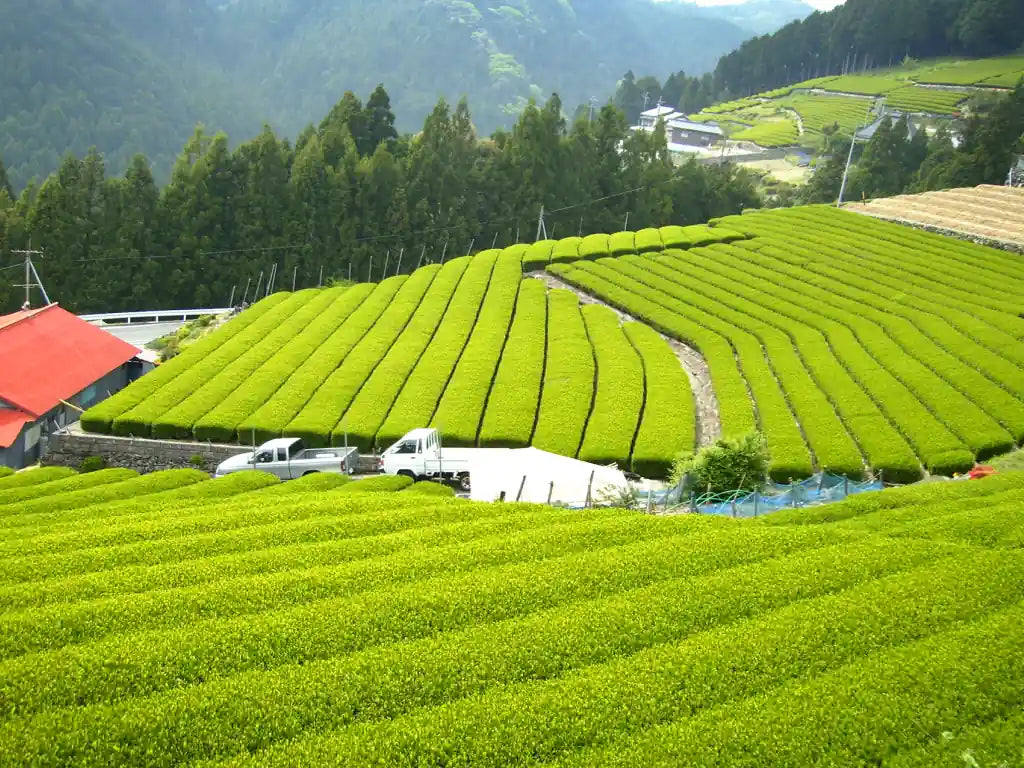
The harvesting of matcha
Similar to cultivation, the correct harvest is also a time-consuming undertaking. For the best matcha, only the finest and youngest leaves are harvested by hand. However, these are also the smallest leaves on the plant and therefore produce less powder than their older, larger siblings.
However, as the leaves develop more bitter substances over time and become less tender, the quality of the tea produced also suffers with increasing age. The selection of the best leaves therefore has a significant influence on the quality of the tea. quality of the finished matcha. In Japan, only the youngest leaves (ideally only the top two) are harvested for the best teas, whereas in China a large part of the plant is used in the tea. The tea here is also not selectively by hand, but harvested mechanically over large areas. This explains why large quantities can be offered at much lower prices.

The processing of matcha
After harvesting, the leaves are briefly steamed and then dried. Through a short steaming time stops fermentation in the leaf and preserves a large proportion of the sensitive ingredients. When drying, it is essential that the temperature of the ovens is not too high so that the leaves do not burn. The tea dried at approx. 180°C is known in this study as "Aracha"which means "raw tea".
However, in order to speed up this process, some producers heat the leaves too much, destroying not only the color but also a large proportion of the fine ingredients and aromas. The dried leaves are then processed into grades and inferior leaves should be sorted out. However, in order to avoid wastage, producers sometimes do not select sufficiently and also process poor quality leaves. The leaf veins and stems are then removed from the good teas so that only the tender leaves remain. leaf flesh only the tender leaf flesh. This labor-intensive step is omitted for inferior qualities. The finished "filleted" leaf is then ground into a fine powder in mills.
If high-quality teas are ground on handmade granite stone mills mills, large ceramic mills (jet mills) are used. While the former grind the tea slowly and gently, the latter are designed to produce the largest possible quantities in the shortest possible time. Granite stone mills, for example, grind just 30-40g of matcha per hour, whereas jet mills process several kilograms in the same period of time. However, as this generates considerably more frictional heat, some of the tea is burnt.
The jet mills, which are made by specially trained stonemasons, also grind ceramic mills much finer than the large industrial mills. This means that the traditionally produced powder is not only richer in ingredients, it is also much finer than its industrially produced counterpart. You can find out how the quality of matcha is determined in detail and what you need to look out for when buying it in the article "Matcha tea qualities".
All Matcha varieties at Matcha Karu come exclusively from Japan. We pay attention to organic cultivation and carry out laboratory tests to ensure that there are no ingredients that could have a negative impact on health.
How do I find out the quality of the matcha tea?
- Is there laboratory tests for radioactive contamination?
- Are the teas certified organic
- Whether all necessary information about the origin and the cultivation are given
- Good matcha costs at least 60 cents per gram in small packaging sizes. If you find tea that is significantly cheaper, it is better to leave it alone.
- The origin, the tea plant, the cultivation, the harvest, the grinding: All of this plays an important role in a high-quality end product
Conclusion - quality has its price
As you can see, the quality and therefore the price of matcha tea depends on a number of factors. If teas are sold in China as industrial mass-produced goods and produced with a focus on quantity and speed, Japan applies completely different standards. Here, the focus is on traditional cultivation and processing stepswhich have been tried and tested for centuries and ensure consistently high quality. The cultivation, harvesting and processing of good tea takes a lot of time, experience and dedication. This is the only way to obtain the best quality. And, as we all know, this has its price.
You can find out which matcha suits your needs and how much you should spend on it in the article "Finding the right matcha".




